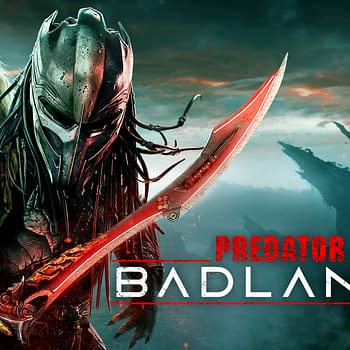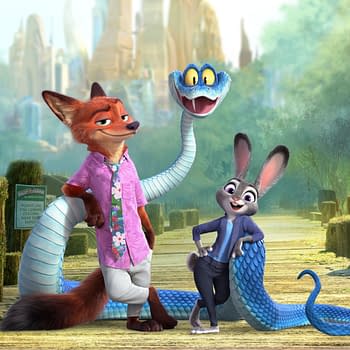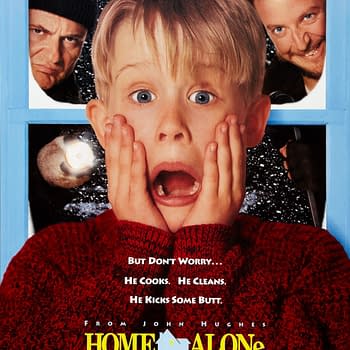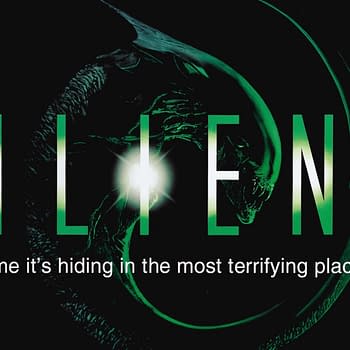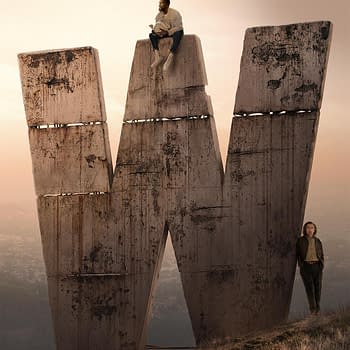Posted in: Joker, Movies, Warner Bros | Tagged: Joker: Folie à Deux
Joker: Folie à Deux – A Very Begrudging Defense Of The Final Scene
A very begrudging defense of the final scene in Joker: Folie à Deux and why it is the most true-to-the-source material thing to occur in both films. [SPOILERS]
Article Summary
- Defending Joker: Folie à Deux's ending as true to the character's chaotic essence.
- Joker's chaotic nature crucial; backstory makes him less intriguing.
- Joker’s unpredictability is his greatest fear factor.
By now, it has become clear to plenty of people that Joker: Folie à Deux is not exactly connecting with audiences. People have a lot of issues with the film, and with very good reason, but people are furious about the final scene. Even those who liked the movie usually say they hate how it ended. So, an already contentious film has an ending that has rendered people even angrier. However, as a Certified Hater of nearly every single decision that Joker: Folie à Deux made in almost every sense, and a Certified Hater of the first film that almost everyone loved, the final scene is one that I have to, extremely begrudgingly, defend as one of the two good things this movie does [the other being the opening animation]. So, consider this your spoiler warning because we're about to defend the ending of a film that absolutely does not work because it did two things right, so let's highlight it — if we must.
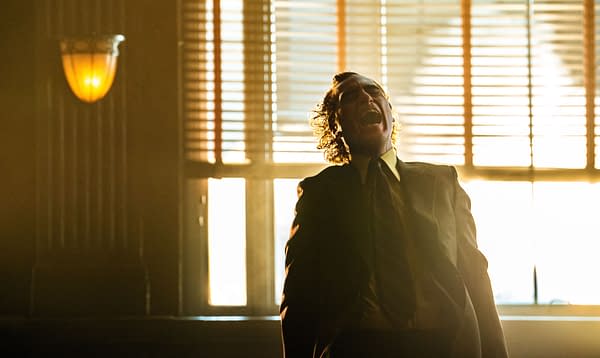
.
.
.
Joker Is An Agent Of Chaos, Not A Sympathetic Antihero
After witnessing an inmate die because he was riled up by Arthur's actions, Arthur has his come to Jesus moment. He shows up to court and admits to the jury that he is not the Joker, the Joker is not him, and he is guilty of the five murders he's on trial for. Lee does not like this and leaves the courtroom with several supporters. While the verdict is being read, a car bomb goes off, and Arthur escapes and eventually makes his way to the stairs, where he finds Lee. They have a final exchange where she admits that she isn't there for Arthur; she is there for Joker, and without him, she isn't interested. Arthur is then arrested. We cut back to the prison, where Arthur is told he has a visitor, but as he is walking down the hallway, an inmate we have seen in the background of the movie approaches him with a joke. The unnamed inmate stabs Arthur, and in the foreground of the shot, as Arthur bleeds out, we see and hear the unnamed inmate laughing and carving a smile into his face.
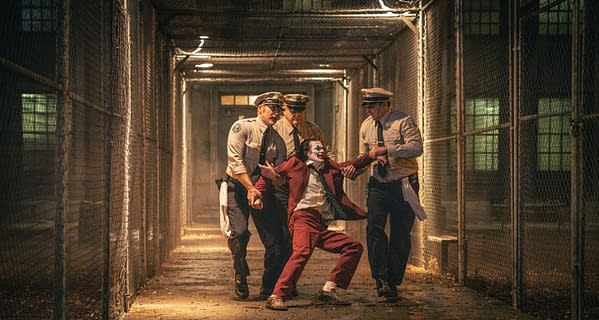
The implication seems to be that the unnamed inmate is the one who will be the Joker we all know from the comics. This is absolutely the best creative decision these two movies have made, full stop. The thing about the Joker is that his backstory ultimately doesn't really matter. Christopher Nolan understood this very well in The Dark Knight when Joker tells no less than three different stories about how he got his scars. The "how" doesn't really matter; the man he is now is, and giving the Joker a sad backstory makes him less interesting instead of more interesting. The biggest stumble these movies made was trying to make the Joker a character you can empathize with. There are plenty of great villains in literature who have tragic pasts with sad backstories, but there are plenty of others who are just bad and broken because they are.
The terrifying thing about the Joker is that he's ultimately a creature of chaos, and while comic devotees might swear by the "one bad day" speech from The Killing Joke, the thing that makes the Joker terrifying is that chaos. Humanity finds nothing in the world more terrifying than chaos. That's why so many people like conspiracy theories; they feel safer than the idea that, for example, one madman with a gun could reshape the entire world on a random day in Texas in 1963. A scary government conspiracy is safer, and a bad guy with an explanation for why they are bad is easier to wrap your head around.
Arthur, The Unnamed Inmate, And Folie à Deux
Back to the Joker and the ending to Joker: Folie à Deux. The idea that the Joker we see in the comics is some random guy, an unnamed guy we don't know from Arkham, who decides chaos is the name of the game one day is much more in line with the source material than the idea of giving Joker a human backstory. In fact, it might be the most true-to-the-source thing both of these movies have done, and, ironically, it's the thing that fans hate the most.
The scene also leans into the title that the film never really takes the time to explore. Folie à Deux is an actual psychological term; it's the "madness of two." It tends to occur in extremely insular families or close siblings, like twins. The psychosis of one person bleeds onto the other person, and they often enter a space of shared delusion. At first, it seemed like this would be a way to explore the Joker and Harley dynamic because that is what he does, to an extent, in the source material. However, that isn't what they do with Arthur and Lee at all. Instead, the folie à deux in the film appears to be one between Arthur and this unnamed inmate. The psychosis Arthur had when he was fully embracing the Joker persona bled onto this other inmate. As Arthur exits the delusions, willingly and through his death, this inmate is entering it, never to return again.
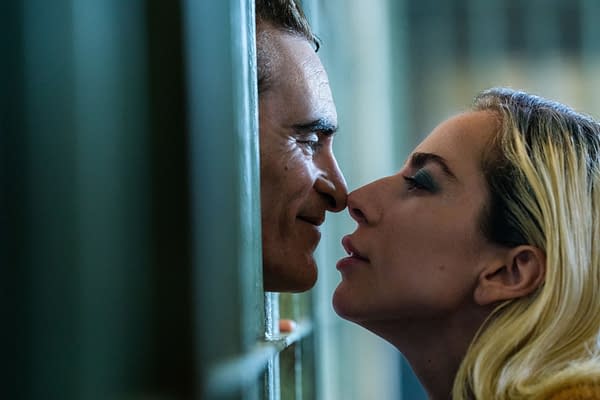
Does any of this redeem the film? Not by a long shot. It's still a mess. However, the one thing the film did right at the eleventh hour was realize that the Joker shouldn't be someone whose childhood or backstory we know about because that isn't what makes the character work. The Joker is terrifying because he's just a guy who is embracing chaos above all else, and the less we know, the better. Like in horror, the more we see of the monster, the less we're afraid, and there isn't any monster in the Batman universe scarier than the Joker.








